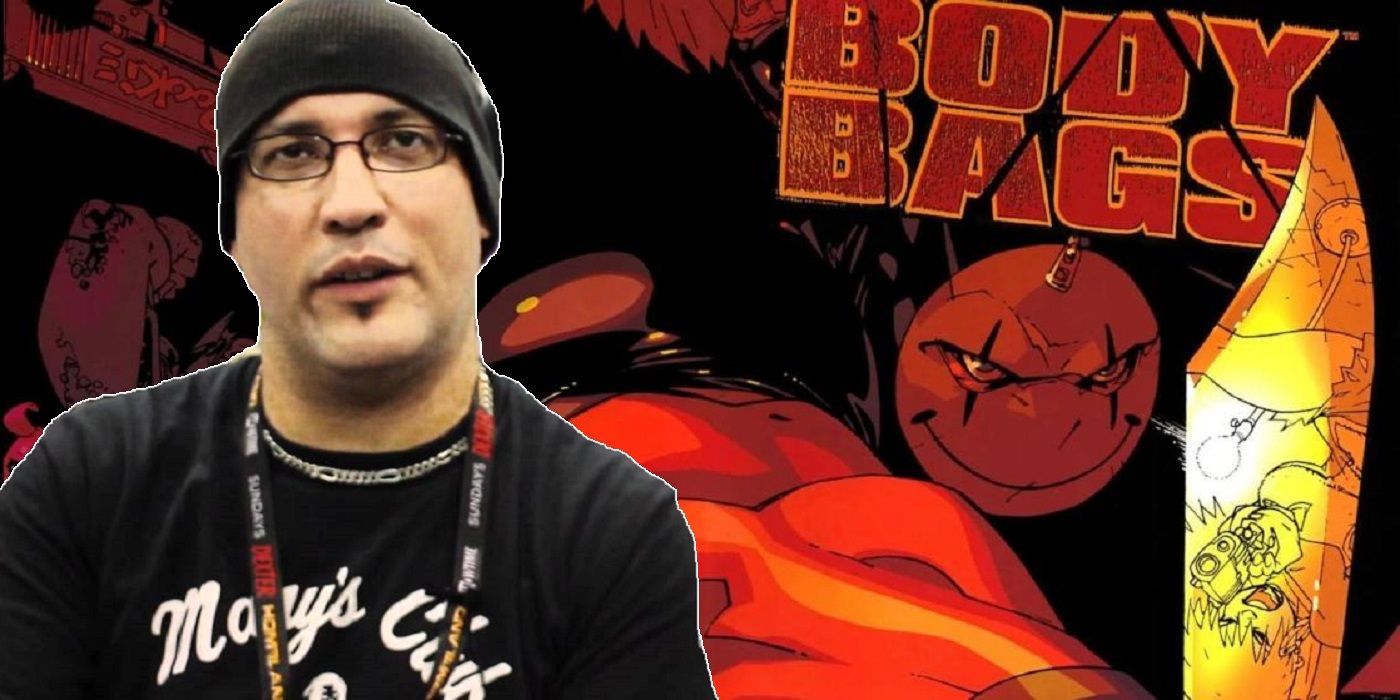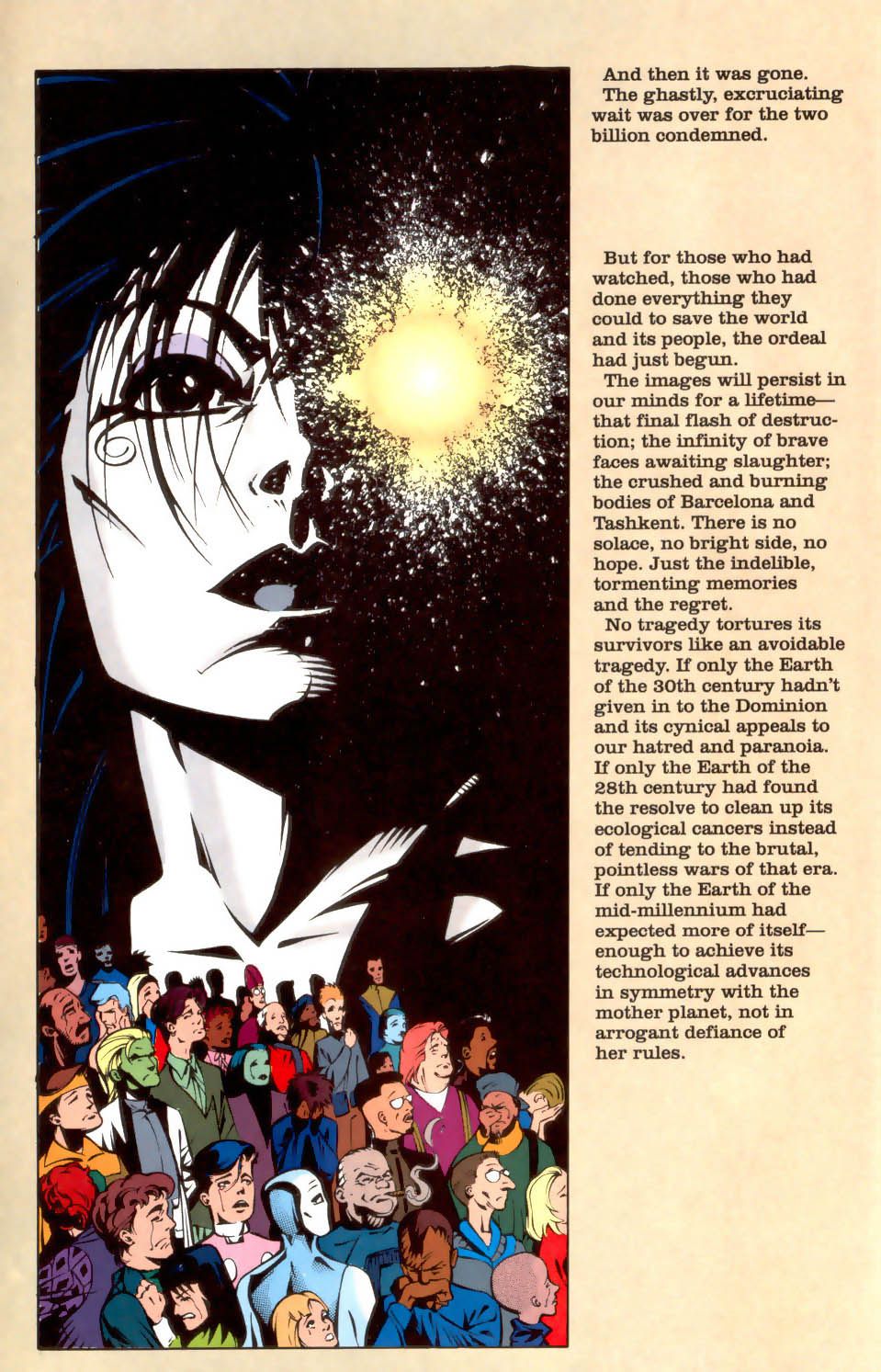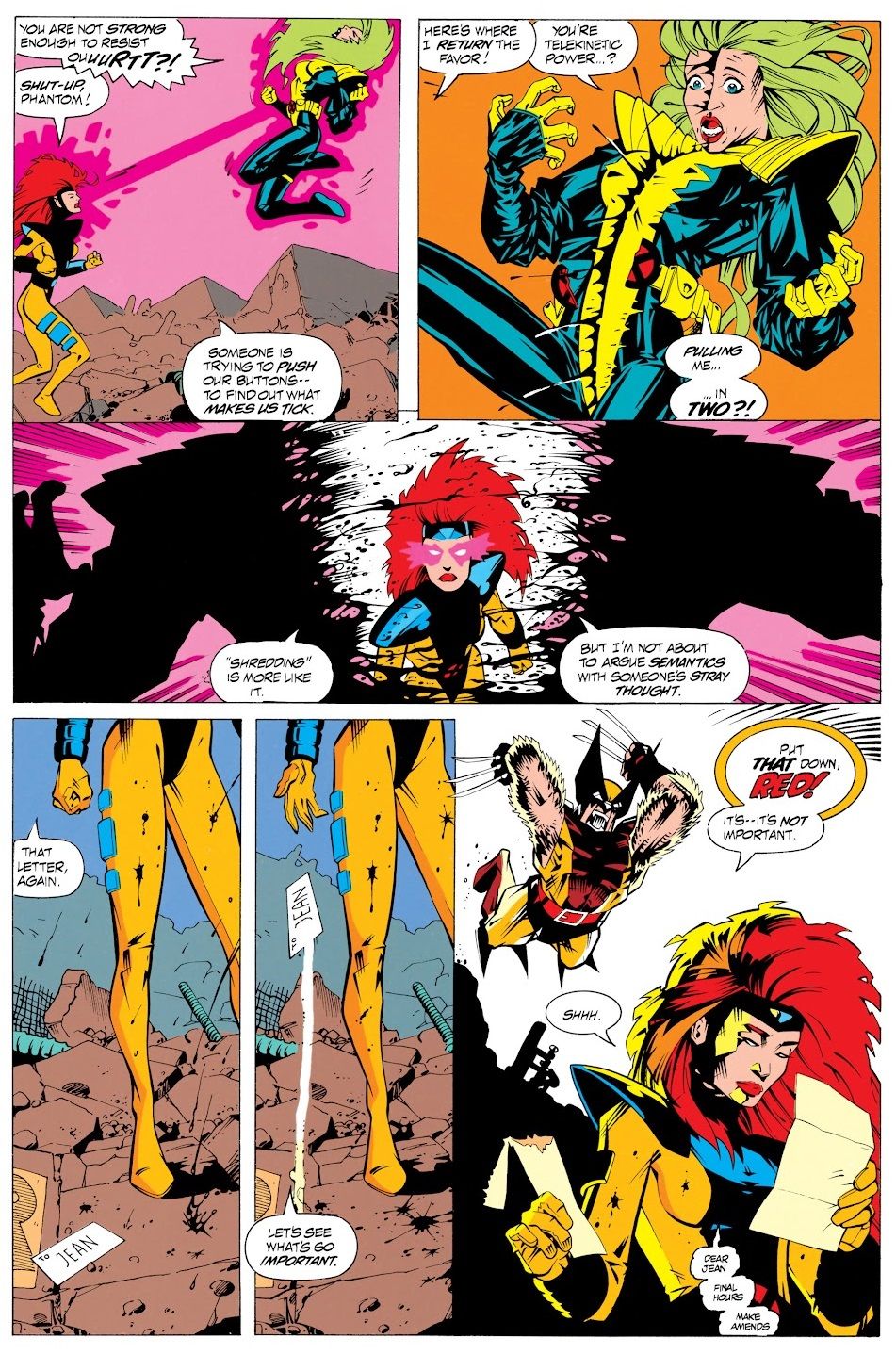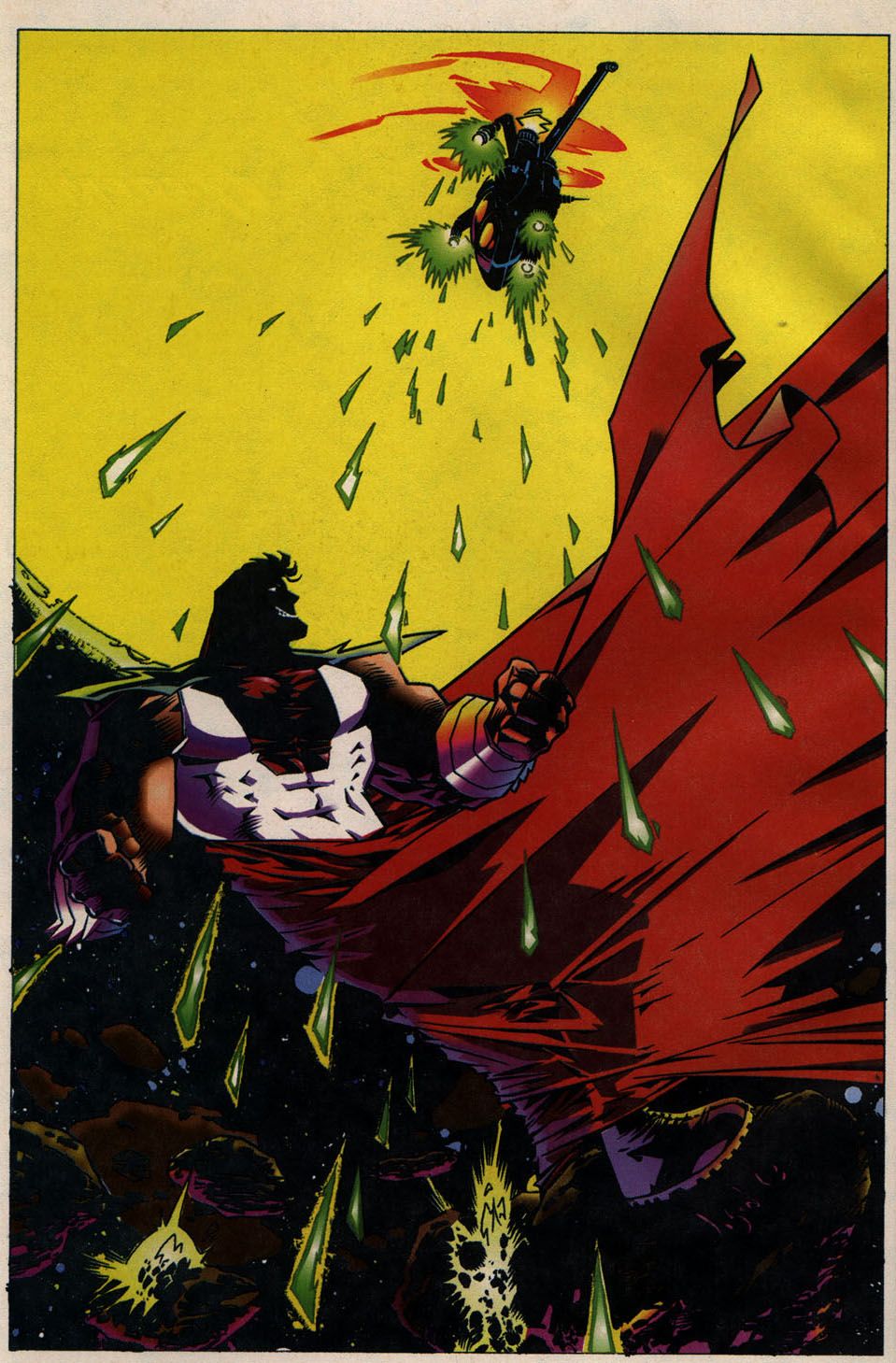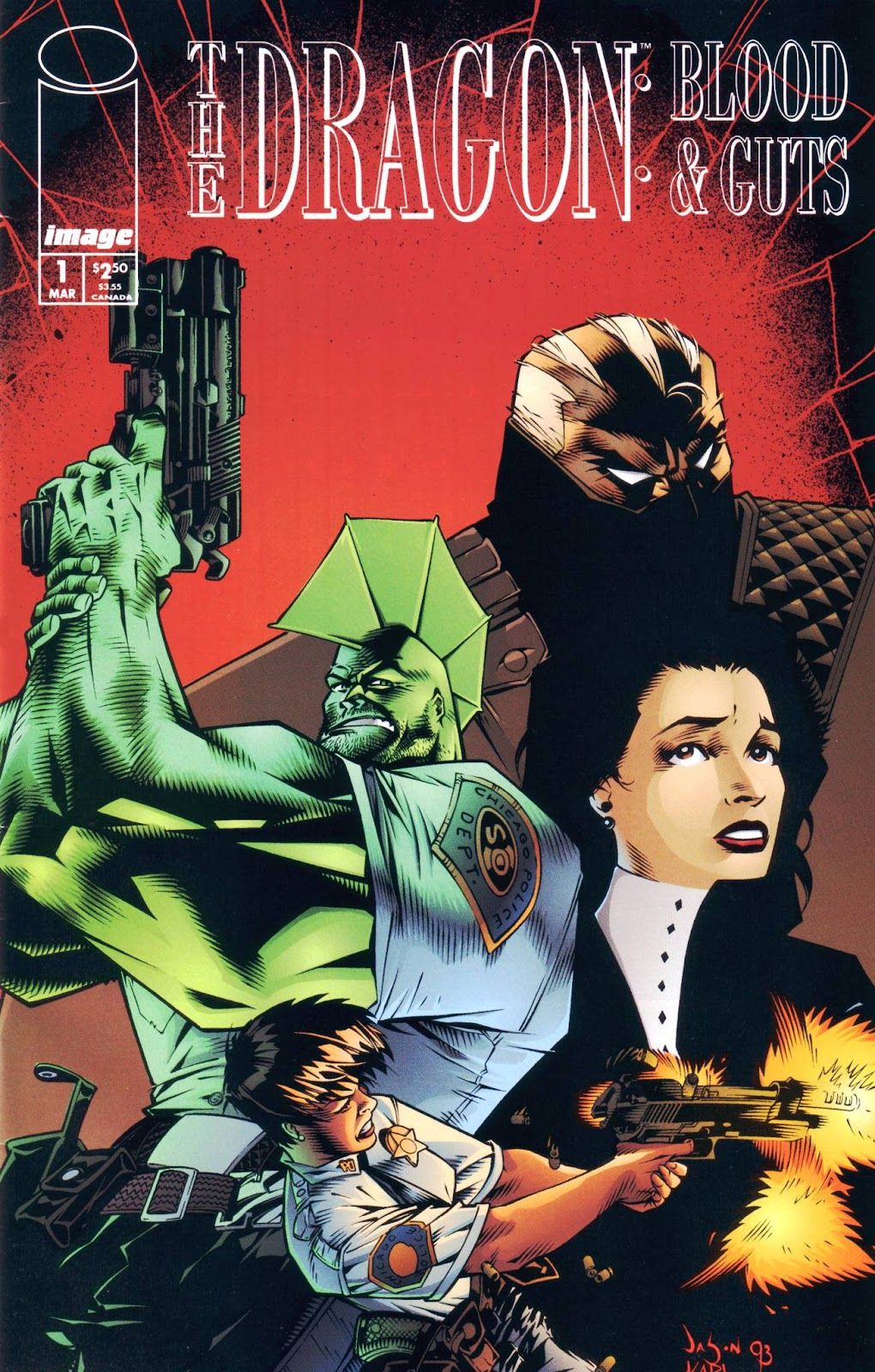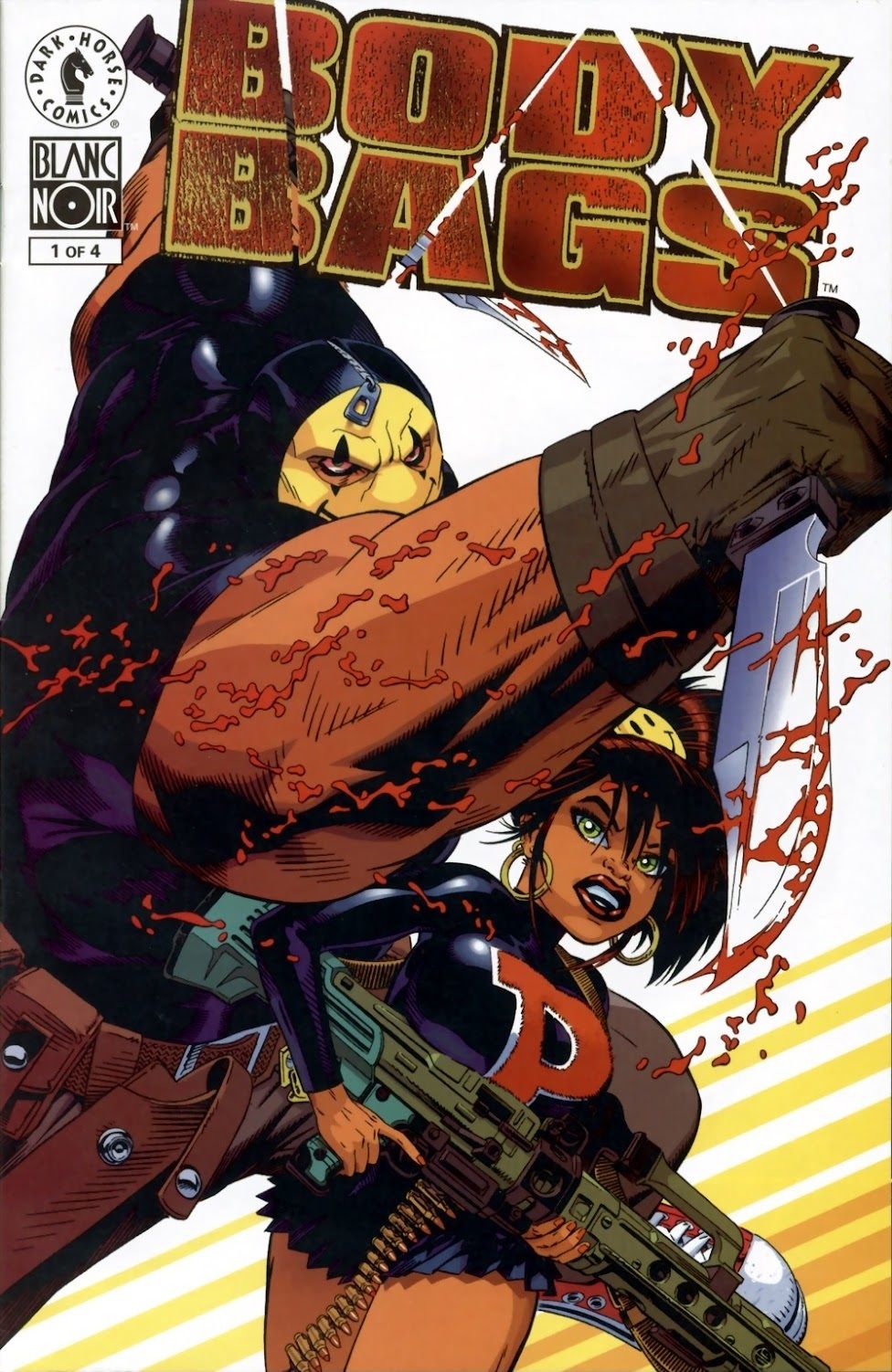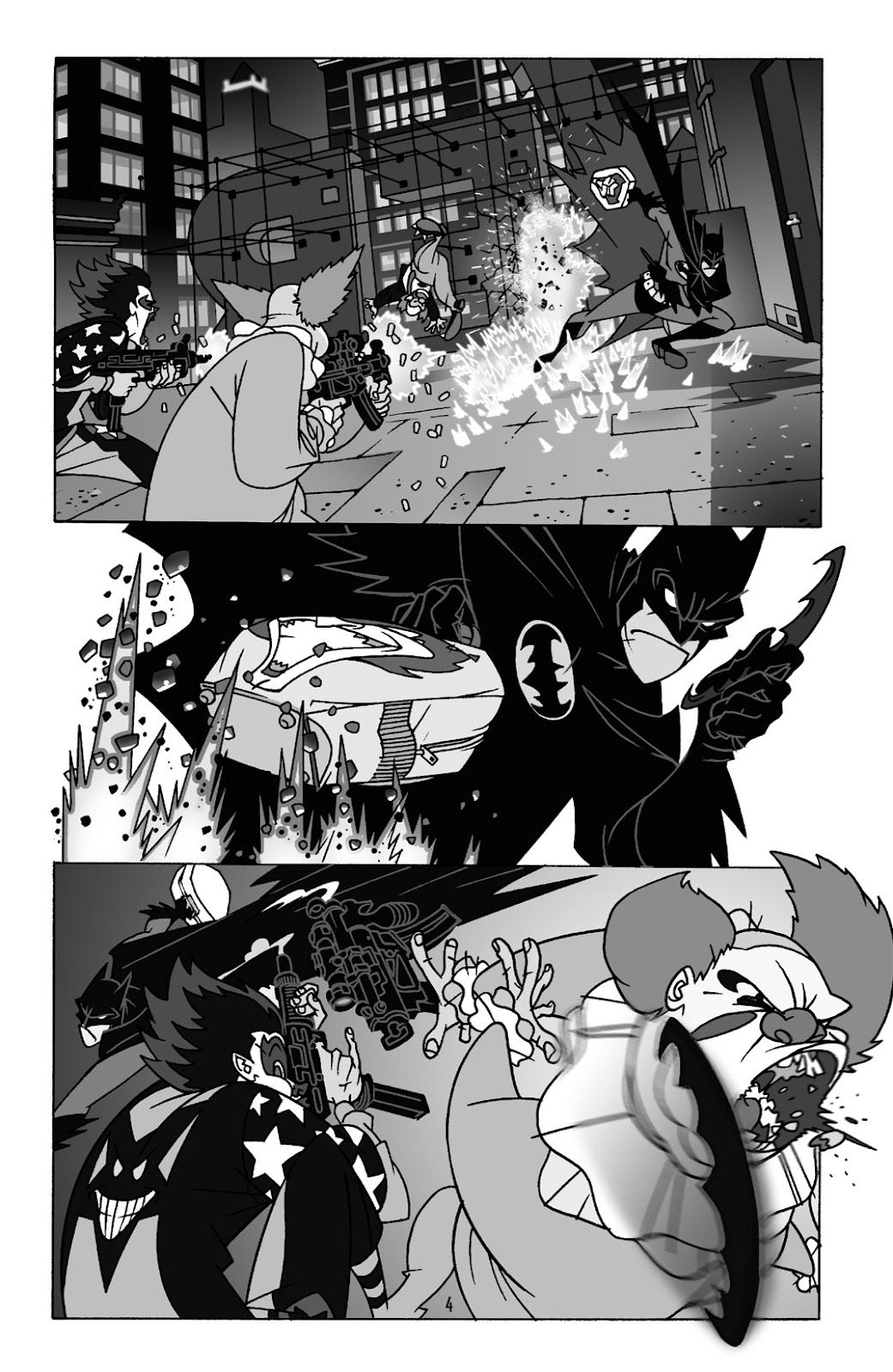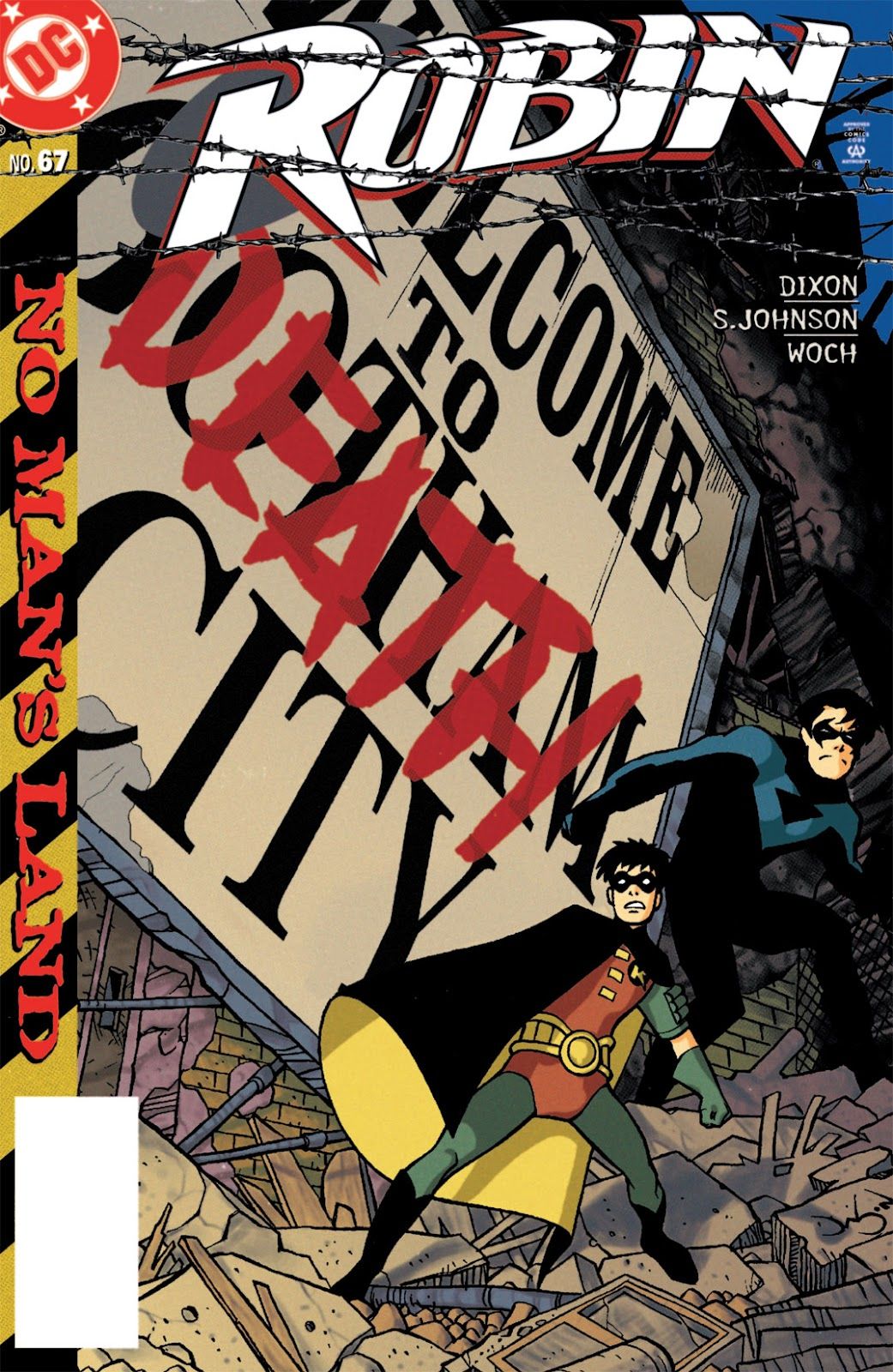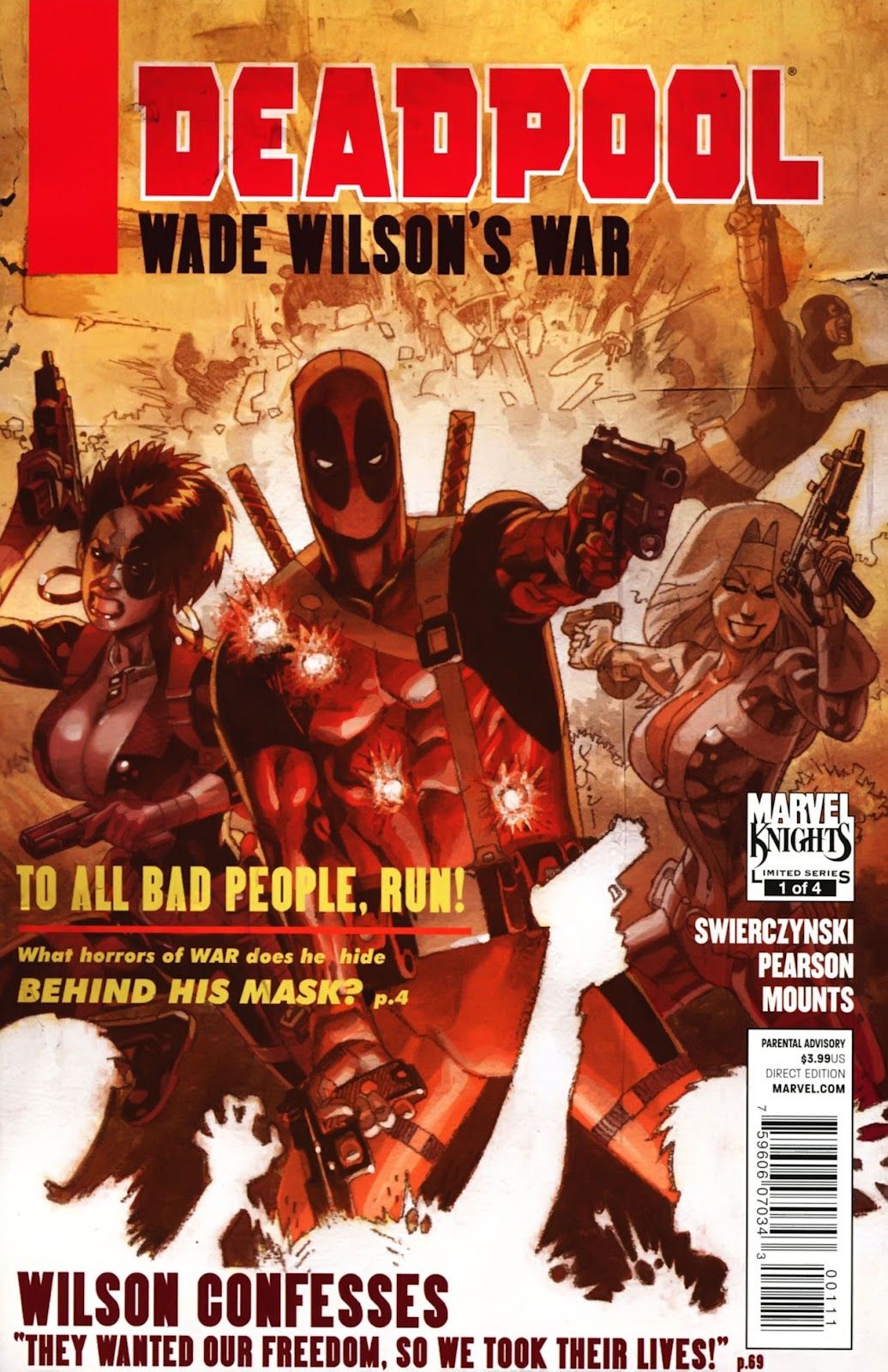The family of iconic comic book artist Jason Pearson, creator of the Body Bags franchise, reveals that the iconic comic book creator passed away from natural causes on December 19 of last year.
Pearson broke into mainstream comics in the 1990s and quickly became a standout with his dynamic artwork that was constantly bursting with energy. After working on projects for Marvel, DC and Image Comics, Pearson launched the Body Bags series for Dark Horse's Blanc Noir, an imprint started by Pearson's longtime art studio, Gaijin Studios, which formed in Atlanta and included among its members over its 19-year existence Dave Johnson, Adam Hughes, Brian Stelfreeze, Cully Hamner, Tony Harris, Laura Martin, Joe Phillips, Karl Story, Doug Wagner and Tony Shasteen.
Pearson's family posted the announcement on Pearson's Facebook page:
Pearson's first regular assignment in comic books was working on Legion of Super-Heroes in the final year of Keith Giffen's epic run on the series, along with scripters Tom and Mary Bierbaum, and inker Al Gordon. The fascinating thing about this early work, though, is that Giffen famously used a nine-panel grid on Legion of Super-Heroes, and so in retrospect it is amazing seeing an artist like Pearson, whose work seemed built for splash pages, working in a nine-panel grid in each issue. He made it work, though, but I imagine that Pearson's splash page abilities played at least a small role in Giffen's final issue of his run (which features the destruction of Earth) being depicted in illustrated text pages...
The run finished in late-1992, which was a heady time for the comic book industry, especially for young hot talent like Pearson, only 22 years old at the time. There was DC, of course, but there was also Marvel calling, and where Pearson drew an acclaimed Uncanny X-Men Annual in 1993, introducing the new character, The X-Cutioner, with writer Scott Lobdell. He was able to fully cut loose on this one (most of it took place in mental illusions created by a dying Mastermind), and it was clear that he could have easily become a regular artist on an X-Men title in an era where X-Men books were selling like crazy...
However, for a young artist of Pearson's skills, Image Comics, the independent comic book company, was a very enticing place to turn, and Pearson and his Gaijin Studios colleagues pitched Image on an anthology series called Ground Zero, consisting of original concepts by the various Gaijin creators. However, the project never came together, but Pearson did some assignments here and there for the various studios that made up Image, like a pin-up in Supreme #6 for Rob Liefeld's Extreme Studios...
He then wrote and drew a Savage Dragon miniseries, Dragon: Blood and Guts, for Erik Larson...
This led to his first creator-owned series written and drawn by him. Originally intended to be part of the Ground Zero project, Pearson instead launched Body Bags for Dark Horse's Blanc Noir line of comics, based up of titles done by Gaijin Studios creators (only Body Bags and Joe Phillips' The Heretic actually saw publication by Dark Horse. Other titles that were planned for the line but never came out included Maximum Velocity by Brian Stelfreeze & Karl Story, Brave by Cully Hamner, and No One by Adam Hughes).
The series starred a father and daughter bounty hunter team (or "body baggers"). It was notable for the full embrace of the kinetic energy of Pearson's work, as well as his fascination with over-the-top styling in all sorts of areas, including sex and gore (Pearson also did work for Penthouse Comix in the mid-1990s).
In the late 1990s and early 2000s, Pearson drew a number of acclaimed stories for a few different companies, including a story in the Eisner Award-winning Grendel: Black, White, and Red series, as well as Batman: Black and White story in Batman:Gotham Knights #22 (written by Michael Golden, a major influence on Pearson's work)...
Pearson also became one of the most acclaimed cover artists for Marvel and DC of the late 1990s/early 2000s, with a long run on Robin's covers
And a short, but brilliant string of Amazing Spider-Man covers circa 2002...
In 2008, he began a string of iconic Deadpool covers, as the over-the-top "Merc with a Mouth" was a perfect figure for Pearson's over-the-top approach...
In 2010, he even drew a Deadpool miniseries with writer Duane Swierczynski...
Around that time, Gaijin Studios folded as a group. Pearson then joined another Atlanta-based studio, Studio Revolver, a studio founded by Tom Feister and Dexter Vines, which at one time or another included artists like Rod Ben, Mark Brooks, John Tyler Christopher, Stephanie Gladden, Georges Jeanty, Brian Reber and more.
In 2012, Pearson decided to pull back from the "Big Two" and concentrate on commissions and other pursuits. Around that point in time, he also began to post online about his struggles with his mental health. He eventually did more work for both Marvel and DC, but also did covers for many independent projects and attempted to restart Body Bags while also discussing his health issues frequently online. Last year, he made waves with some aggressive social media posts, including untoward comments regarding Afua Richardson and Devin Grayson.
One of his former Gaijin Studios colleagues, Cully Hamner, wrote beautifully on social media about the complexities of Pearson as a person and artist in the wake of the tragic news:
By now the news about the passing of my old Gaijin studiomate Jason Pearson is out. To say he was a singular talent is, at best, an understatement. He always stood out as that, from the first time we met at the start of the '90s, to the 7 years we spent as studiomates, to now. He was great *at everything*. He could draw like nobody's business in a style that was unique to him. He was an excellent storyteller, draftsman, inker, colorist… you name it. Whatever angle you could come at comic art, he was formidable. Our relationship… was complicated. I don't want to go into it too much, but I also don't want to gloss over it. It's no secret that he and I were estranged for a while. I never really understood it, just as I couldn't quite wrap my head around our thaw the last few years. Both were, frankly, on his terms, and I ultimately accepted the peace he was offering. Angry as he could make me, I never wanted to be anything but his friend. And early on we were good friends, especially when all of us at Gaijin Studios spent pretty much every waking hour in each other's company—we all were. Jay wasn't just the guy two desks over from me. He was a movie pal, a drinking buddy, a dinner companion. He would come over to my place when I had free HBO (which the cable company had mistakenly given me, shhh) and we would drink beer, eat wings, watch boxing, and shoot the shit. And that's what I'd prefer to dwell on. So this hits hard, regardless of the ups and downs of our mutual regard in the last dozen years or so. When you're part of a close group—a frat, a squad, a band, what have you— that focused you into who you are. You always tend to identify with those you spent those important hours with. And as life happens and you drift away, and about, and back again, and sometimes crash into each other… the deeper bond of that experience, I realize now, always remains. The night I found out Jay had passed, I spent time talking to nearly all the original Gai's and I find myself immensely grateful for that. It made me realize that we're still Gaijin Studios underneath it all and we always will be, Jason included. Wherever you are now, Jay, I hope it's peaceful and hilarious, and filled with music and art. And I hope there are no spiders. Rest.
Pearson's family's tribute to him ended with the following:
While his creative abilities were unquestioned, those abilities were only constrained by his personal quest for perfection. To his fans, he achieved that perfection over and over again, although he was rarely satisfied.
Jason is survived by his loving mother, family, and friends who all miss him dearly, and would give anything to hear his laugh one more time.
As Jason once wrote when another prominent creator passed away:
“D.I.P. (Draw in Peace). At least in Heaven, there are no erasers or deadlines.”

